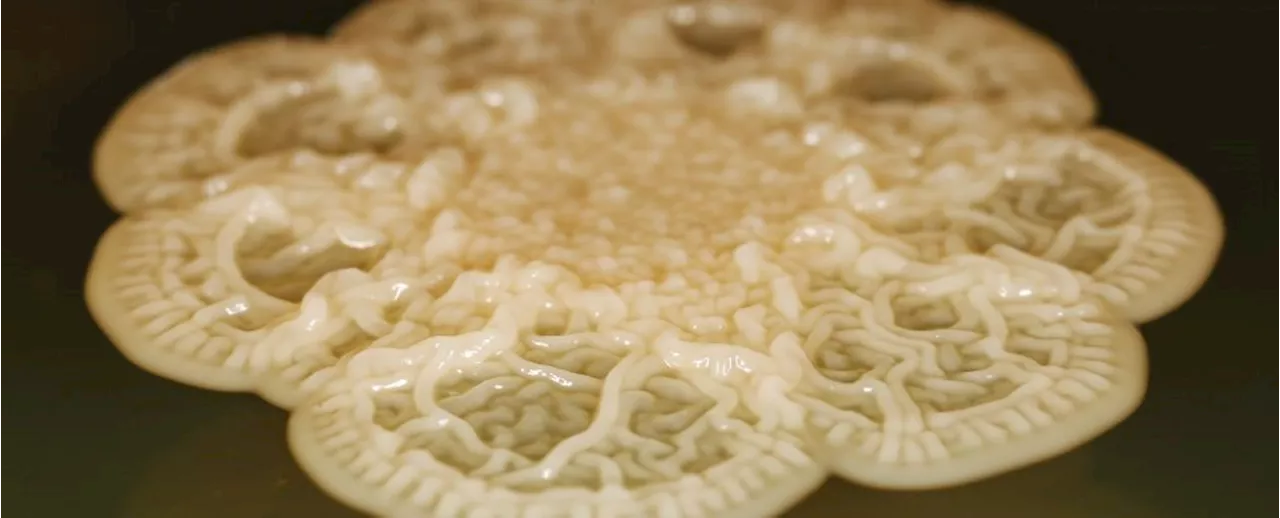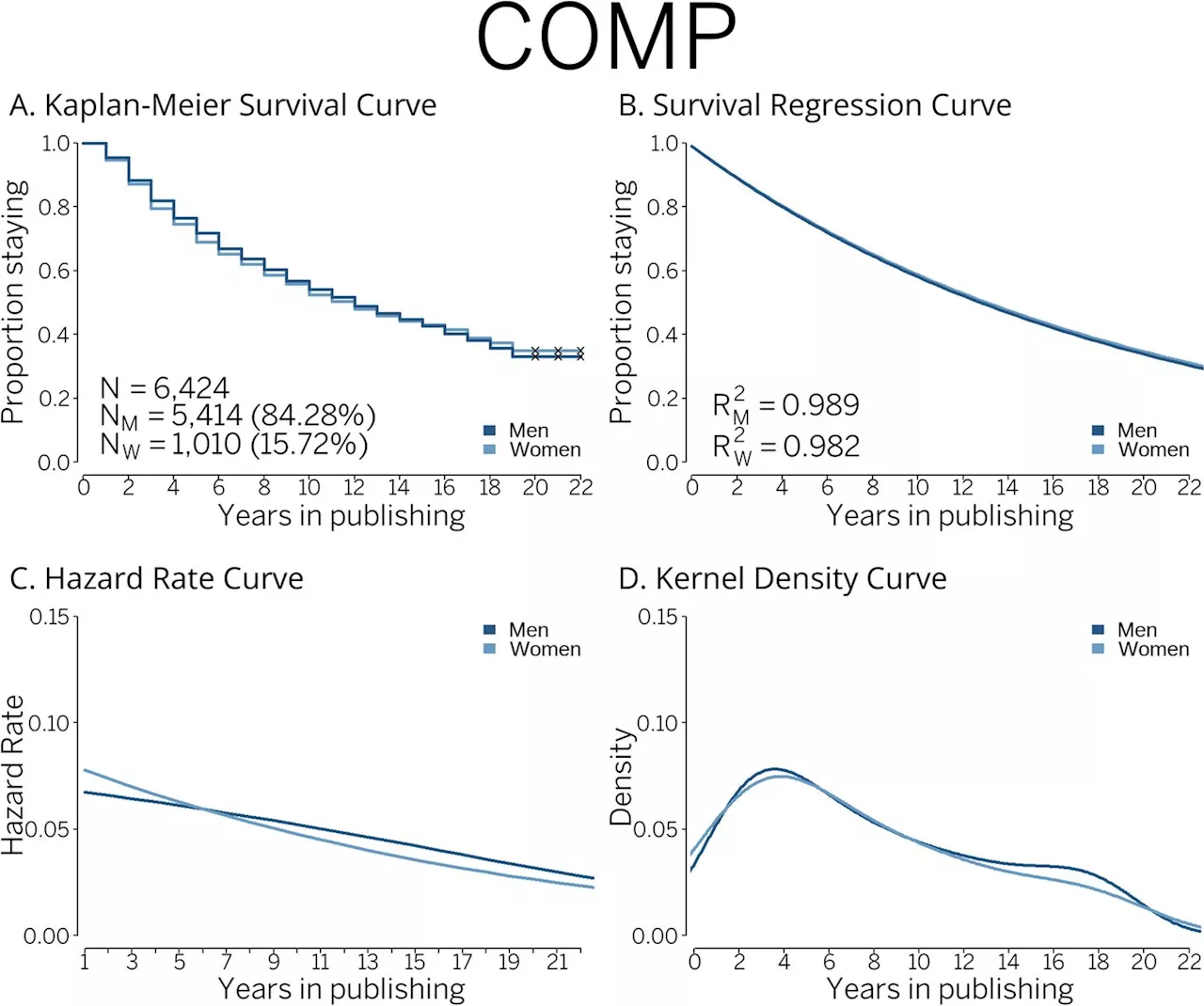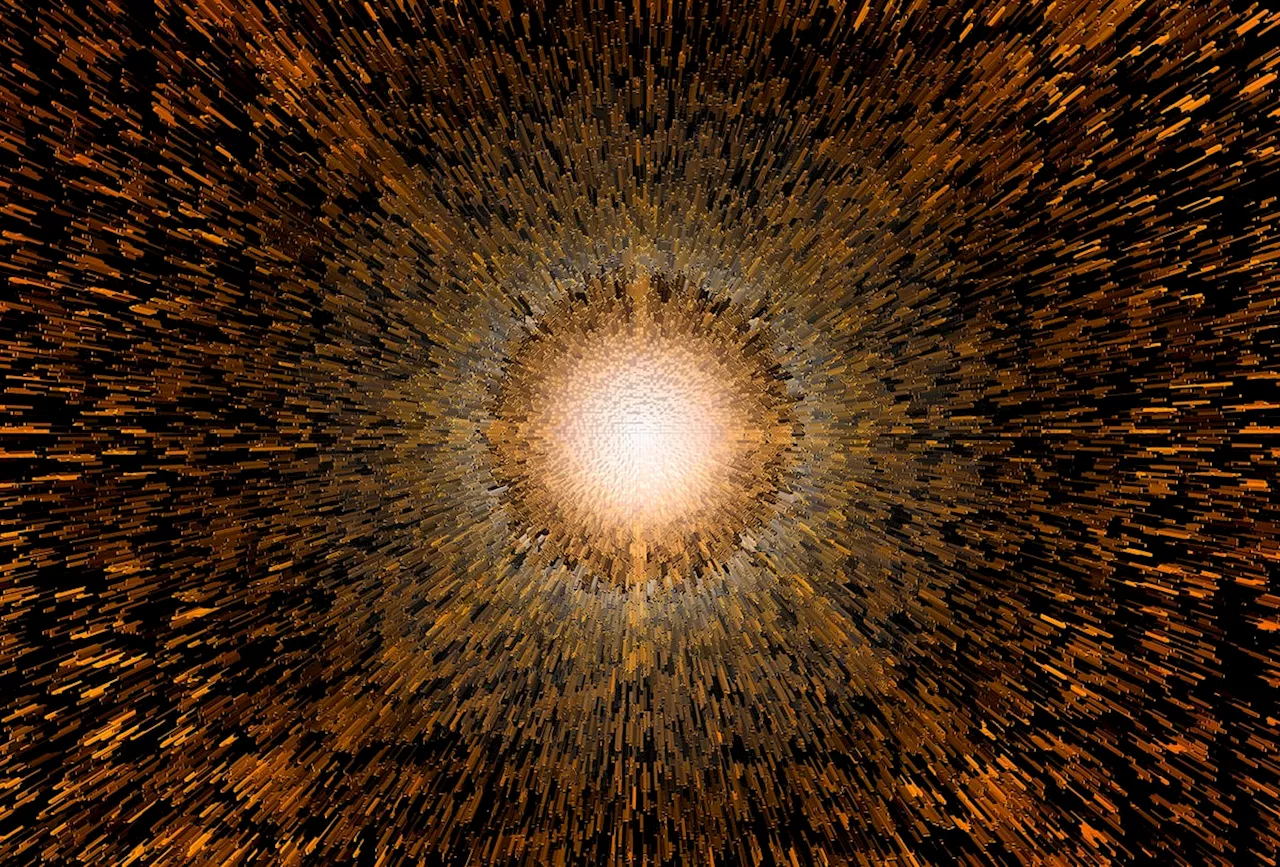For the first time, scientists have observed a rare decay of a subatomic particle called a kaon. The results suggest that this decay might occur more frequently than predicted by the Standard Model of particle physics.
Once in a very great while, an ephemeral particle called a kaon arises and then quickly decays away into three other obscure entities. Whether or not this happens in a particular way has very little bearing on most of us, who will go about our lives without knowing either way.
This decay is so rare because it requires “virtual particles.” The laws of quantum mechanics, odd as they are, allow particles to pop into being out of nothing and quickly disappear again. Sometimes these virtual particles arise as one particle is transforming into another—and change the course of the decay. For instance, when kaons decay, they very occasionally undergo interference from virtual versions of thebosons .
If future measurements confirm that the decay contradicts predictions, there are several possible virtual particles that could figure in.would carry something else. “It carries a force that probably could shed some light on the open questions but has no direct impact on our lives,” Buras says. Another option is a proposed particle, called a leptoquark, that could transform quarks into leptons , and vice versa.
And if these new particles truly exist, they could meddle in other rare particle decays being sought at experiments around the world. In that case, projects such as theat CERN and the Belle II and Japan Proton Accelerator Research Complex experiments in Japan should also see deviations from the Standard Model in their measurements.
Particle Physics Kaons Decay Standard Model Cosmology
United States Latest News, United States Headlines
Similar News:You can also read news stories similar to this one that we have collected from other news sources.
 1 in 10 billion: CERN’s breakthrough kaon decay discovery sparks new physicsAccording to the Standard Model (SM) of particle physics, fewer than one in every 10 billion kaons undergo this specific decay.
1 in 10 billion: CERN’s breakthrough kaon decay discovery sparks new physicsAccording to the Standard Model (SM) of particle physics, fewer than one in every 10 billion kaons undergo this specific decay.
Read more »
![]() Scientists Photograph Rare Deep Sea Species Including a ‘Casper Octopus’ and ‘Spaghetti Monsters’Scientists photographed rare species that were discovered during a deep sea expedition and captured the first ever footage of a rare squid.
Scientists Photograph Rare Deep Sea Species Including a ‘Casper Octopus’ and ‘Spaghetti Monsters’Scientists photographed rare species that were discovered during a deep sea expedition and captured the first ever footage of a rare squid.
Read more »
 Bacteria in Your Mouth Reproduce in a Strange, Rare Way, Scientists DiscoverThe Best in Science News and Amazing Breakthroughs
Bacteria in Your Mouth Reproduce in a Strange, Rare Way, Scientists DiscoverThe Best in Science News and Amazing Breakthroughs
Read more »
 Huntsville scientists apply new genetics technique to study rare illnesses in kidsLong-read sequencing allows genetic investigators to see much larger sections of a person’s genetic code at once.
Huntsville scientists apply new genetics technique to study rare illnesses in kidsLong-read sequencing allows genetic investigators to see much larger sections of a person’s genetic code at once.
Read more »
 Scientists discover gene responsible for rare, inherited eye diseaseScientists have identified a gene responsible for some inherited retinal diseases (IRDs), which are a group of disorders that damage the eye's light-sensing retina and threatens vision.
Scientists discover gene responsible for rare, inherited eye diseaseScientists have identified a gene responsible for some inherited retinal diseases (IRDs), which are a group of disorders that damage the eye's light-sensing retina and threatens vision.
Read more »
 Disappearing scientists: Attrition and retention patterns of 2.1 million scientists in 38 OECD countriesResearch has been showing that women scientists continue to disappear from science at a significantly higher rate and in higher percentages than men. This is what social scientists have thought for decades—but this is no longer the case today, according to a study published in Higher Education.
Disappearing scientists: Attrition and retention patterns of 2.1 million scientists in 38 OECD countriesResearch has been showing that women scientists continue to disappear from science at a significantly higher rate and in higher percentages than men. This is what social scientists have thought for decades—but this is no longer the case today, according to a study published in Higher Education.
Read more »
